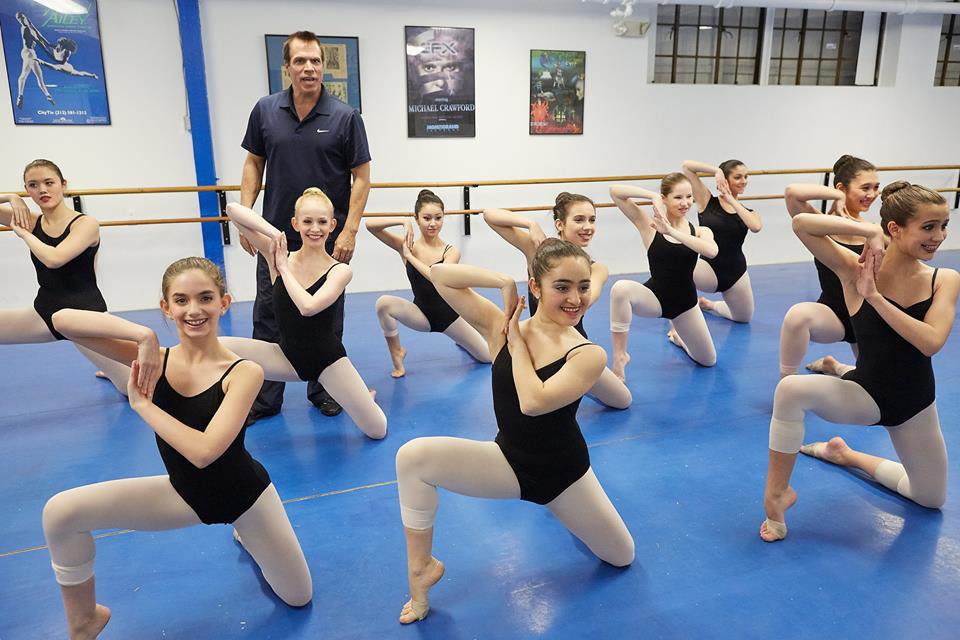
If you were like me, you danced everything full-out - all the time, every time. There was never a glimmer of a thought about marking something unless the teacher instructed it was OK to do so. Even then, you rarely took them up on it. Occasionally, today, I see dancers who either take that liberty upon themselves or genuinely think it’s no big deal….and honestly, it infuriates me as a teacher.
Well, I’m here to tell you it is a big deal. I’m from the school of thought that everything should be danced full out 100% of the time, in class and in rehearsals. It shouldn’t be a strain for teachers to convince their dance students to do so. But, it may be important to explain why it’s beneficial to them so they understand where you are coming from and don’t just think you’re being the cruel, mean dance teacher.
First and foremost, young dancers need to understand that dancing full out provides them the cardiovascular energy they are going to need in order to perform at full capacity when the time comes. If a dancer doesn’t possess the stamina to perform a piece at least three times in a row, then they are not ready in my book. If a dancer can achieve that, then doing it one time when they are onstage will be…no sweat. Take into account other variables including, lighting, costuming, new spacing, the audience, etc. and ensuring they know their piece inside and out is essential to a successful performance. Any curve balls then thrown at them will not seem so daunting.
Secondly, dancing full out in class is essential because it provides the teacher the full scope in which to observe the dancer and their progress. If a dancer is marking, how is the teacher ever supposed to gauge whether or not their technique is progressing, the alignment is accurate and the dancer is working effectively? If a dancer is not breaking a sweat during a challenging, well designed warm-up… something is up. A dancer should be dancing full out to warm up their bodies, learn how self-correct and adjust and have an internal motivation to do so, so that they improve each week. They need to understand the value and importance in this and that comes from you stressing it.
Lastly, dancing full out allows not only a physical understand of the movement but an emotional one. If one is not dancing full out and giving yourself 100% into what they are doing, there is no way a dancer will be invested in the storytelling or emotional component to the piece. If working with a partner or in an ensemble, this also limits the connection to the other dancers. There is only some much those relationships and dynamics can and will evolve. Each dancer needs to give all of themselves and dancing full out allows for new discoveries and nuances each and every time they dance it. It also allows the body, mind and soul to take over where dancers forget about steps and transform their pieces and themselves into artists. There is little room for marking when it comes to this.
So, the next time your dancers roll their eyes or you find yourself getting frustrated at their lack of dancing full out, stop for a second and remind them what the benefits are. Remind them of what your expectations are of them. Remind them that this is what they should be expecting of themselves. Hard work and dedication is not for the faint of heart and dancing full out should be an act of demonstrating their passion and love of dance. Each and every time.
Food for thought.......
Good luck,
See you in the dance studio,
Jessie
Dance Teacher Web members enjoy over 700 videos, 100's of articles and lesson plans to help them stay fresh and current all year long. For the busy Dance Studio Owner, we offer fantastic articles, business building seminars, sample ads and forms that will help you take your business to the next level.
Not yet a member? to Start your Free 14-Day Full Access Trial Today!

